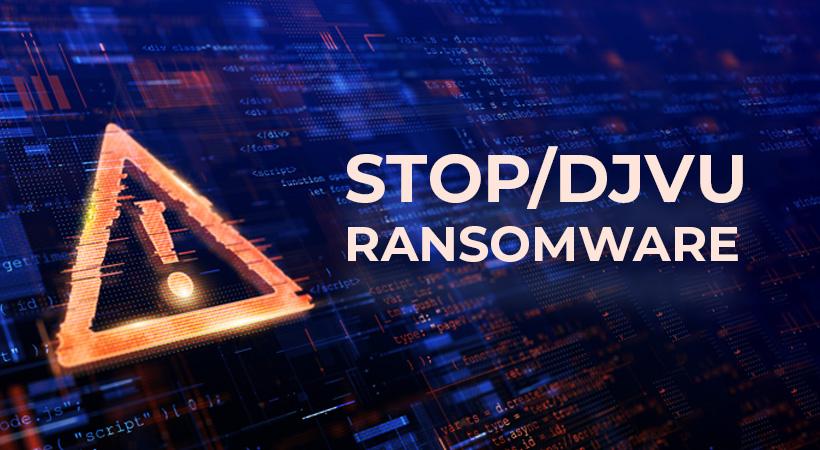Amidst the expansive landscape of cyber threats, CDWE Ransomware emerges as a sinister iteration within the notorious STOP/Djvu Ransomware family. Sharing characteristics with its brethren, this malicious software perpetrates the locking of critical files, wielding the demand for a ransom to restore access. This strain often infiltrates systems via software bundles, especially those obtained through freeware downloads, torrented content, or cracked software sites—making cautious downloading imperative to avoid such perils.
The Mechanics of CDWE Ransomware
Operating akin to its kin, CDWE Ransomware targets a spectrum of file types, encompassing photos, music, documents, and videos. Its hallmark action involves encrypting files by appending the .CDWE extension. A distinct calling card manifests as a ransom note, conspicuously left on the user’s desktop and within folders housing the encrypted files.
Utilizing the AES encryption algorithm, CDWE Ransomware orchestrates the file-locking mechanism. Alas, this malware often partners with information stealers like Vidar and ZeuS, enabling hackers to pilfer sensitive user information before encrypting files. Thus, the intertwining of CDWE Ransomware with infostealers further amplifies the threat landscape.
The Ransom and Communication Channels
Following the encryption ordeal, CDWE Ransomware demands a ransom for the decryption key. Initially pegged at $980, a tempting 50% discount beckons victims who reach out within the first 72 hours—offering the decryption key for $490. Communication channels, support@sysmail.ch and helprestoremanager@airmail.cc, provide contact with the hackers. However, exercising caution is paramount, as there’s no assurance of receiving decryption tools post-payment or even a response.
The Perils Beyond Encryption
Beyond file encryption and ransom demands, CDWE Ransomware exhibits a vicious side, attempting to obliterate shadow copies of affected files on the victim’s computer. This ruthless act renders recovery attempts nearly futile, exacerbating the impact of the attack on critical documents and data.
Dealing with CDWE Ransomware: An Imperative Approach
Paying the ransom remains an ill-advised endeavor, as it offers no guarantee of file recovery. The focus shifts to proactive measures aimed at data restoration and system protection against similar threats.
Dealing with an Infection
- Disconnect Devices: Swiftly disconnect all plugged-in devices from the infected computer to curtail the spread of ransomware across a network.
- Web Browsing Practices: Exercise caution by abstaining from opening email attachments from unknown sources and refraining from downloading software from unreliable sites.
- Employ Malware Protection: Install reputable malware remediation tools to conduct regular scans, seeking and eliminating elements associated with CDWE Ransomware and related threats.
- Backup Strategy: Employ a robust backup strategy by storing files on external drives or cloud storage, minimizing the impact of potential future ransomware attacks.
Conclusion
CDWE Ransomware, a malignant offshoot within the STOP/Djvu Ransomware sphere, poses significant threats to user data and system integrity. Taking proactive steps to fortify against such perils and embracing caution in digital practices serves as a bulwark against the ravages of this insidious cyber threat.





